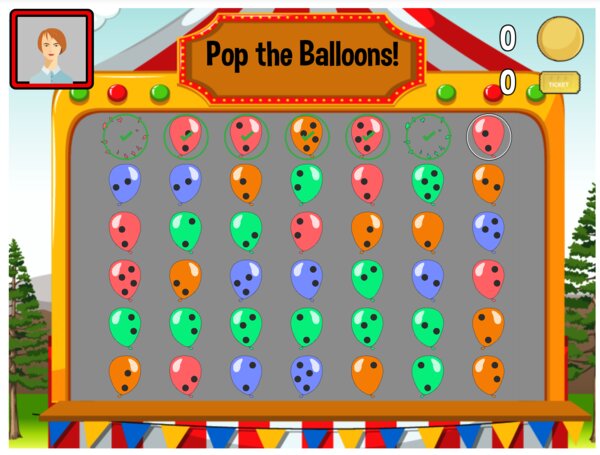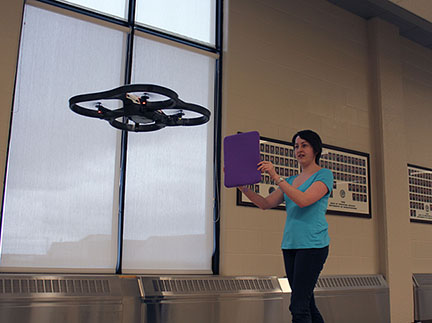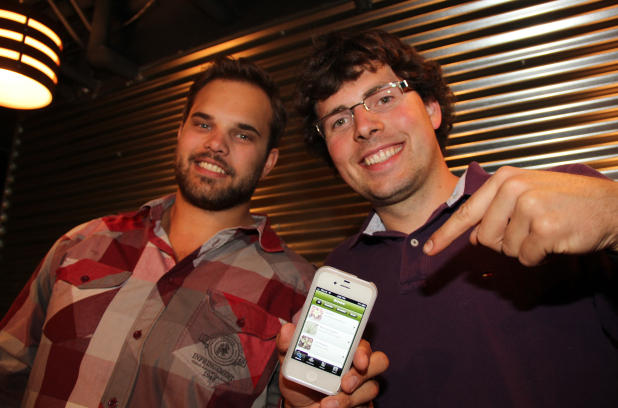Undergrad Projects
Computer Science undergraduate students have the opportunity to work on a large array of different course projects throughout their academic career. We have many innovative projects and insightful technological solutions that come out of our classrooms - and each project is a creative vision from our students. Below are a few samples of undergraduate student projects with interactive elements.
MedGuide

MedGuide is an app, developed by USask computer science undergraduate student Alexander Magnus and his supervisor Debajyoti Mondal, to help visualize and "translate" difficult information on over-the-counter drug labels in way that is accessible to everyone. Using the phone camera, the MedGuide app scans the medicine box, identifies the drug and provides prompts on the screen about how to use the medicine, the dosage, and the ingredients, as well as offering a warning of the side effects. The information is stored in a database of 100 existing drugs that was created to test the app, which uses intuitive icons matched with simple phrases that explain the images.
Video Games for Depression

Capsized
Color-Detecting Drone

Drones are everywhere! While Amazon uses drones to deliver packages, our students carry out research to explore its capabilities. Alicia Spencer and her team developed a project where a drone would analyze the different colors found in its surrounding, and hover towards a predetermined color. In the above image, the drone was programmed to navigate towards the color purple. Alicia and her team developed this project for the Mobile and Ubiquitous Computing course (CMPT 436).
3D Modelling
Students in the Advanced Computer Graphics course (CMPT 485) developed 3D models of the University of Saskatchewan campus or city buildings from scratch. Models were built either by hand or using a modelling package, such as Blender. Photographs of the buildings were taken and applied to incorporate textures. Once complete, students shared building models to create a cityscape and programmed a smooth fly-through animation to showcase the finished product. Students also added extra effects, such as colored lighting, shading, shadows, terrain, backgrounds, and music. All of the 3D graphics and animations are generated in C++ with the OpenGL API.
Crop Scouter

Lindsay Sweet and Bradley Weiers developed a mobile app called Crop Scouter, which helps farmers identify and manage unwanted weeds in their crops. An app such as this could save time and money for farmers. Lindsay and Bradley received plenty of media coverage for their Crop Scouter iPhone app, since smartphones were not as common in the agriculture scene at this time. This project was developed for the Smartphone Programming course (CMPT 298).

